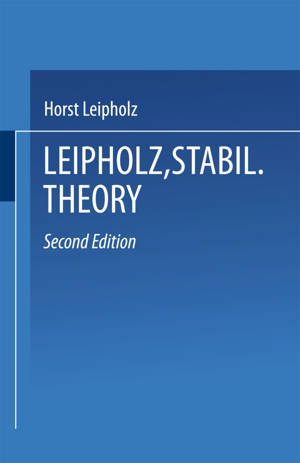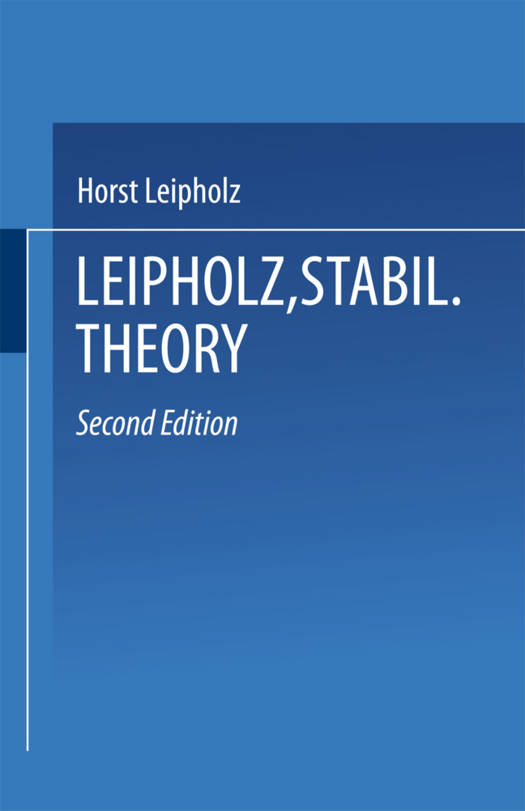
- Afhalen na 1 uur in een winkel met voorraad
- Gratis thuislevering in België vanaf € 30
- Ruim aanbod met 7 miljoen producten
- Afhalen na 1 uur in een winkel met voorraad
- Gratis thuislevering in België vanaf € 30
- Ruim aanbod met 7 miljoen producten
Zoeken
Omschrijving
There have been great advances in theory of stability in recent decades due to the requirements of control theory and flight mechanics, for example. We need only mention the theory of A. M. Lyapunov. A number of specialists have given a very mathematical and abstract description of the Lyapunov stability theory which resulted in a 'stability theory of motion' applicable to the kinetics of rigid bodies and systems. The stability theory of elastomechanics was developed independently. However, there have been a number of important developments in recent years, also with respect to this theory, dealing with the following problems: The concept of the 'follower forces', non-conservative loads, respectively, has been introduced in aeroelasticity. A number of prob- lems in elastic kinetics that involve pulsating loads or periodically varying parameters has led to new stability questions. So-called 'kinetic' methods have become necessary in elastomechnics in order to determine the stability bound- aries. An evaluation of the stability criteria of elastostatics, which have been assumed to be generally valid, has shown that they can only be applied to a limited number of problems under special assumptions. The transition from stability to instability is a kinetic process in elastomechanics. Therefore, the most general and most certain method of determining stability is the kinetic stability criterion even if in special cases the classical stability criteria of elastostatics may remain valid. This will be discussed in detail in Section 2. 3.
Specificaties
Betrokkenen
- Auteur(s):
- Uitgeverij:
Inhoud
- Aantal bladzijden:
- 359
- Taal:
- Duits
Eigenschappen
- Productcode (EAN):
- 9783519021056
- Verschijningsdatum:
- 1/03/1987
- Uitvoering:
- Paperback
- Formaat:
- Trade paperback (VS)
- Afmetingen:
- 140 mm x 216 mm
- Gewicht:
- 430 g

Alleen bij Standaard Boekhandel
+ 98 punten op je klantenkaart van Standaard Boekhandel
Beoordelingen
We publiceren alleen reviews die voldoen aan de voorwaarden voor reviews. Bekijk onze voorwaarden voor reviews.











